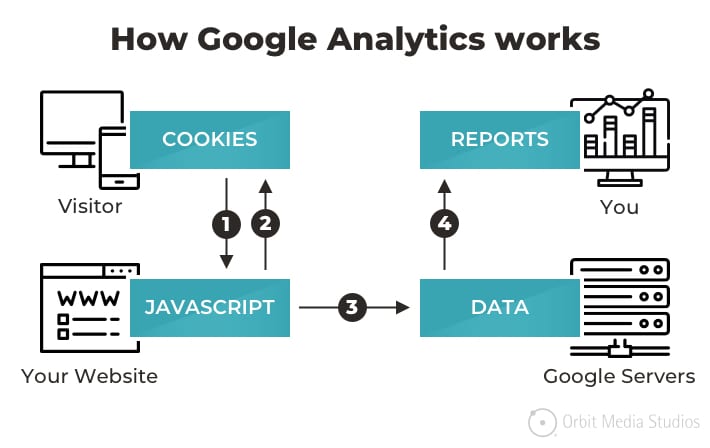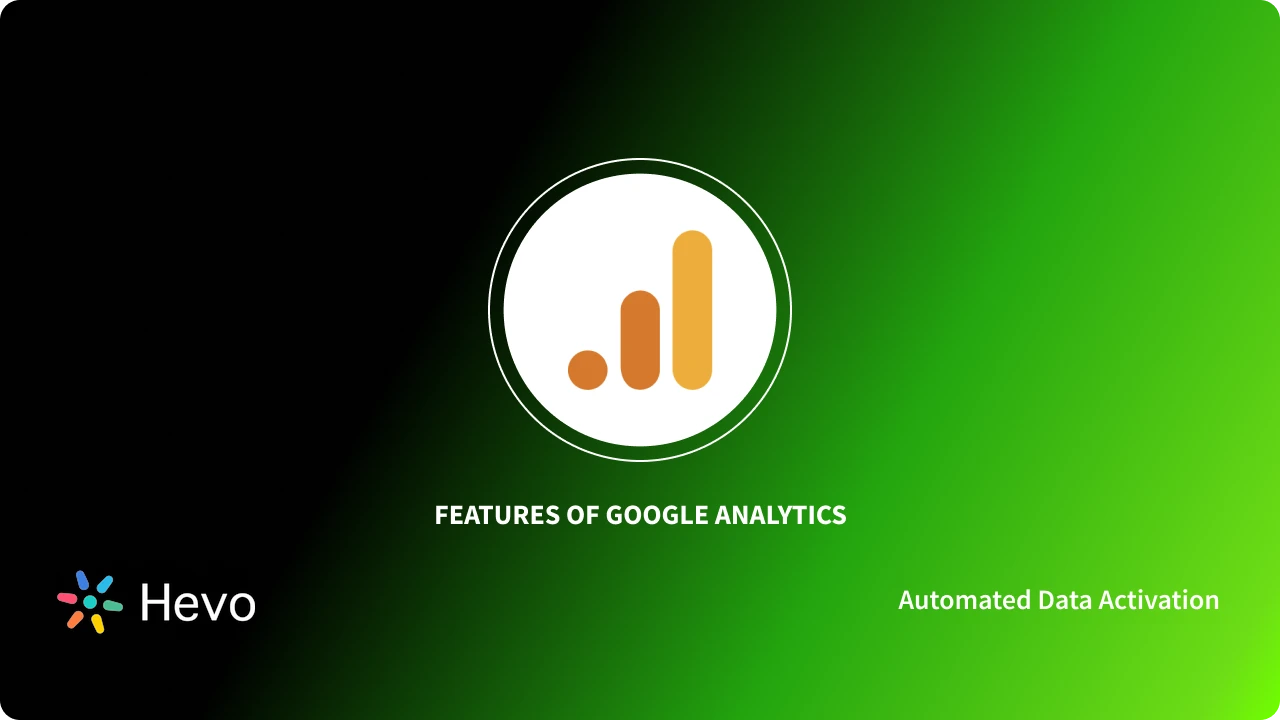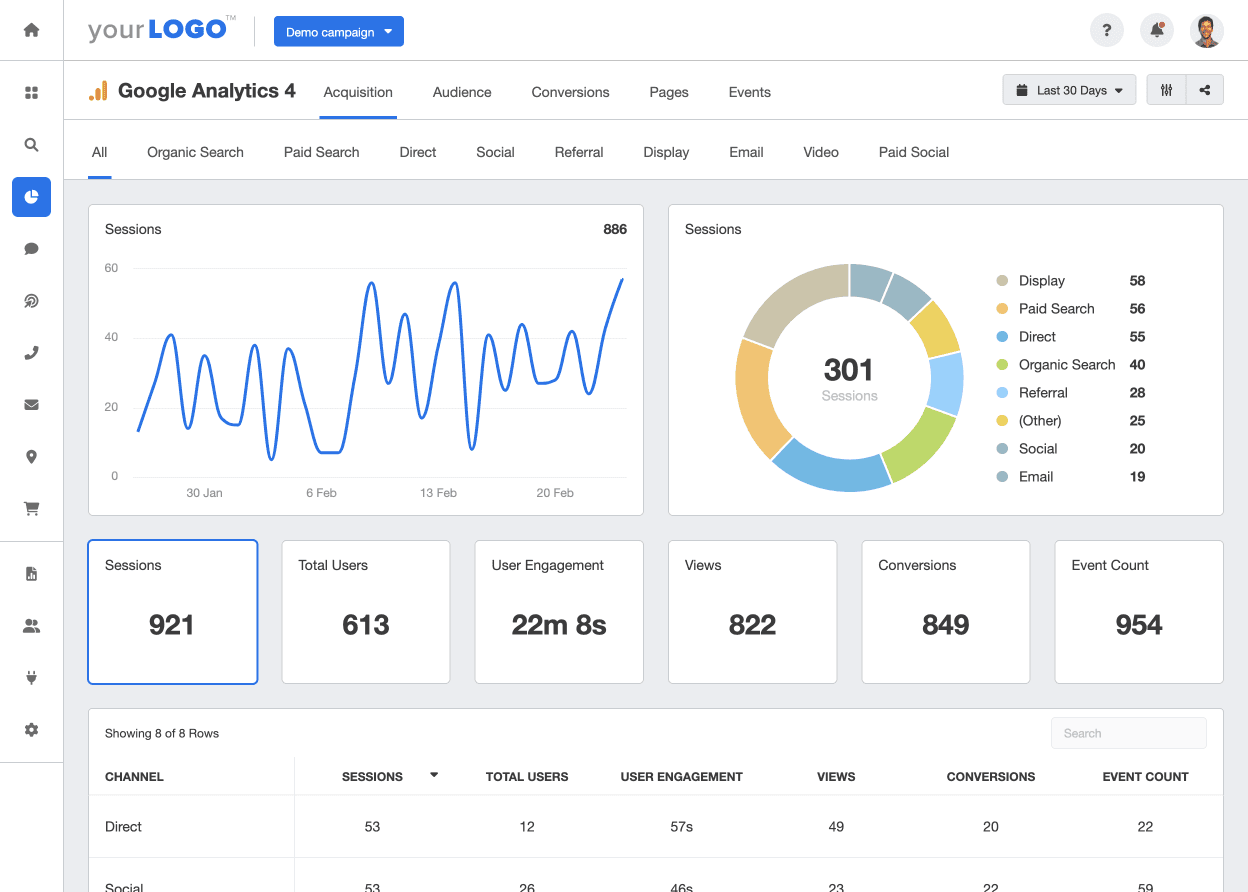Unboxing the Mystery: When Does the Google Analytics Tracking Code Send an Event Hit to Analytics?
Unboxing the Mystery: When Does the Google Analytics Tracking Code Send an Event Hit to Analytics?
Blog Article
Master Site Insights With Accurate Google Analytics Tracking Code
The effective use of Google Analytics pivots on the accurate application of its tracking code, an essential step usually neglected by website proprietors. This apparently straightforward JavaScript fragment, when appropriately positioned, comes to be the foundation of data collection, offering insights into customer habits and web site performance. Nonetheless, obstacles can arise during arrangement, potentially skewing the data and causing misinformed choices. Recognizing these details is crucial for maximizing the advantages of analytics. What are the usual risks that could weaken your tracking initiatives, and just how can you guarantee precision in your technique?
Understanding Google Analytics Essentials
Google Analytics is an essential device for site proprietors and marketing professionals, offering very useful insights into individual habits and website efficiency. At its core, Google Analytics accumulates information regarding visitors to a web site, allowing users to assess metrics such as website traffic sources, user interaction, and conversion rates. Recognizing these basics is important for maximizing a site's performance and enhancing individual experience.
The system utilizes cookies to track interactions, videotaping information such as page sights, session periods, and bounce prices. This details is aggregated and provided with personalized dashboards, allowing customers to envision trends gradually. Trick efficiency indications (KPIs) can be kept an eye on, such as the total number of individuals, brand-new versus returning site visitors, and the geographic circulation of the audience.
Additionally, Google Analytics supplies division attributes, permitting users to isolate specific traffic resources or individual demographics for more targeted analysis. By grasping these fundamental aspects, site owners can make informed choices concerning web content strategy, marketing projects, and total website enhancements. Inevitably, recognizing Google Analytics essentials is essential for leveraging information to drive growth and accomplish company objectives effectively.
Establishing Up Your Tracking Code

Copy the provided monitoring code and paste it right into the HTML of your internet site. Preferably, this code must be positioned in the header area of every web page you want to track. This makes sure that the tracking code lots prior to any various other web content, permitting it to record data precisely. If you are making use of a content management system (CMS) like WordPress, there are plugins available that streamline the integration procedure.
After installment, confirm that the monitoring code is operating appropriately by using Google Tag Aide or the Real-Time reports in Google Analytics - when does the google analytics tracking code send an event hit to analytics?. This action is necessary to validate that your data collection is accurate and energetic, setting the structure for insightful evaluation
Common Monitoring Code Issues
This might take place when the tracking code is put in the wrong area of the site's HTML, usually leading to missing or incomplete data. Furthermore, having numerous circumstances of the monitoring code on a single page can result in inflated metrics, as user interactions could be counted more than once.
Another concern occurs from the use of advertisement blockers, which can stop the tracking code from implementing entirely, hence skewing information. when does the google analytics tracking code send an event hit to analytics?. In addition, failure to configure filters correctly can result in the exclusion of necessary website traffic resources or the inclusion of unwanted reference spam, misshaping the information gathered
Web site owners might additionally forget the relevance of tracking code updates, especially when moving to Google Analytics 4 (GA4) from Universal Analytics. Last but not least, not enough testing prior to releasing modifications can lead to unseen mistakes in the monitoring code, even more complicating data reliability. Addressing these usual issues is important for making certain precise tracking and insightful analytics.
Analyzing Site Data Effectively
Accurate data collection is just the primary step in leveraging Google Analytics; the actual worth exists in efficiently evaluating that data to drive educated decision-making. To attain this, it is important to recognize essential efficiency indicators (KPIs) that line up with your company objectives. Concentrate on metrics such as conversion rates, customer engagement, and traffic resources, as these will provide understandings into user actions and redirected here the overall performance of your site.
Utilizing Google Analytics' segmentation attributes allows for a much deeper understanding of your audience. By damaging down data right into certain demographics, habits, and traffic channels, you can discover fads and patterns that educate targeted approaches. Executing custom-made records and control panels can enhance this procedure, enabling fast accessibility to relevant data.
Additionally, routinely examining information trends with time aids to recognize anomalies and opportunities for improvement. Make use of visualization tools to existing data in a conveniently digestible format, helping with a lot more efficient interaction with stakeholders. Ultimately, the ability to examine website information properly empowers services to make tactical choices that boost customer experience, optimize marketing initiatives, and drive growth.

Ideal Practices for Accurate Monitoring
Executing reliable monitoring techniques is essential for obtaining trustworthy information in Google Analytics. To ensure exact tracking, start by correctly installing the Google Analytics tracking code on every web page of your website. This can be completed via a tag supervisor or by straight embedding the code right into the HTML.
Following, configure your Google Analytics account to leave out inner web traffic. This can be done by establishing filters that identify and eliminate brows through from your organization's IP address, thus protecting against skewed information. Additionally, utilize event monitoring to keep an eye on details customer interactions, such as downloads or video plays, which common page views might neglect.
Regularly audit your monitoring configuration to verify that all attributes, such as goals and ecommerce monitoring, are working properly. Develop a regular identifying convention for your occasions and campaigns to assist in simpler coverage and evaluation.
Finally, take into consideration leveraging UTM criteria for projects to obtain insights into the efficiency of various advertising initiatives. By adhering to these best practices, you can improve the accuracy of your data collection and analysis, eventually leading to more informed decision-making for your web site.
Verdict
Precise application of the Google Analytics tracking code is vital for grasping web site understandings. By making certain the monitoring code is appropriately positioned and consistently examined, website proprietors can catch vital individual communication data, therefore promoting the recognition of crucial performance indications. Reliable browse around these guys analysis of this have a peek at this website information, integrated with adherence to finest practices, allows educated decision-making and the optimization of on-line methods. Ultimately, a robust monitoring structure enhances the capacity to drive interaction and improve general internet site efficiency.

Not enough testing prior to introducing modifications can result in undiscovered mistakes in the tracking code, better making complex data integrity.Carrying out effective monitoring methods is crucial for obtaining trusted data in Google Analytics. By making sure the monitoring code is appropriately placed and consistently examined, internet site proprietors can catch vital user communication information, hence helping with the recognition of key efficiency indicators.
Report this page